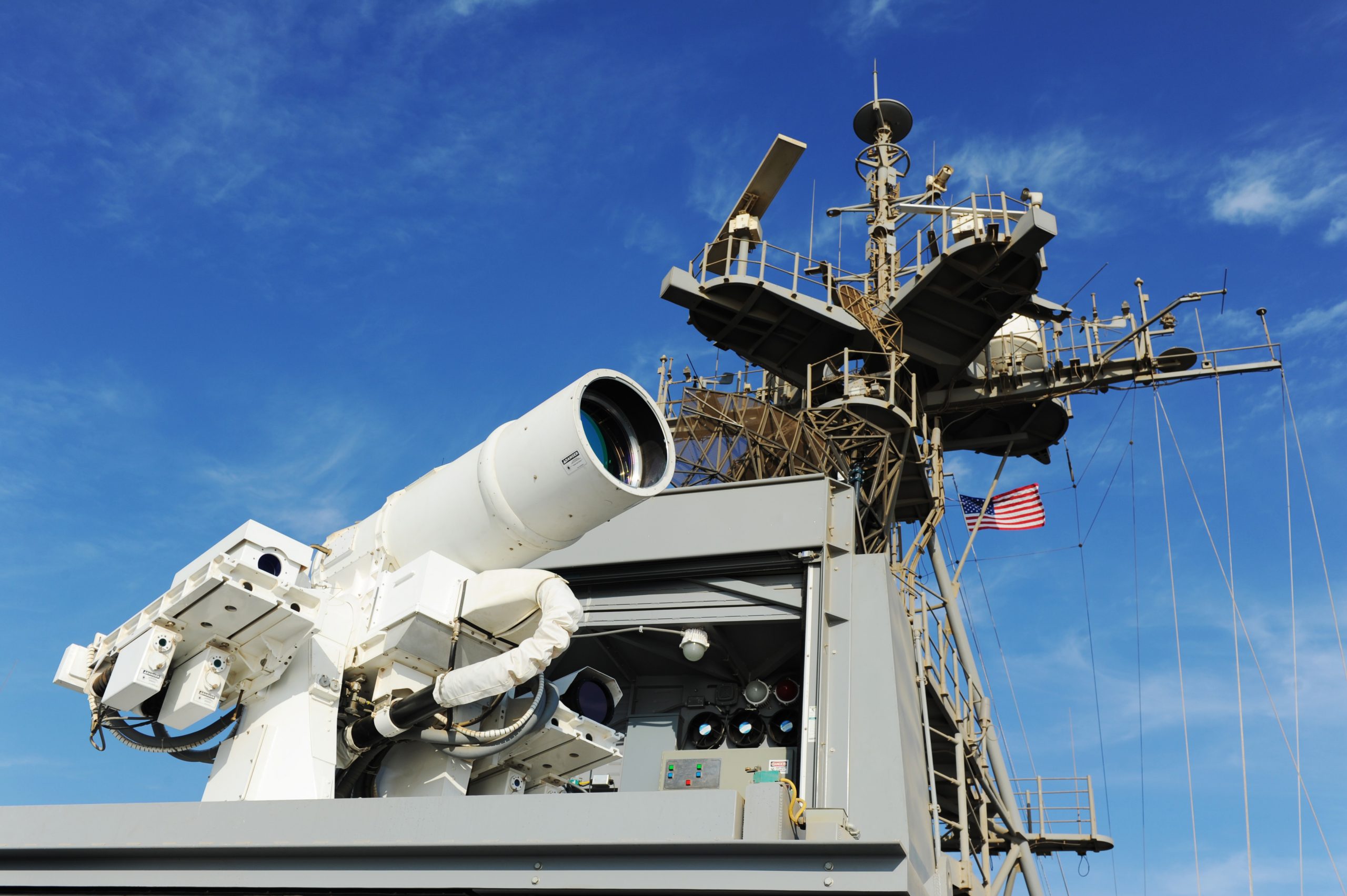Raytheon Co., one of the world’s largest defense contractors, has been awarded a $13,1 million U.S. Air Force contract modification for High Energy Laser Weapon Systems (HELWS).
The modification to the previously awarded contract covers the purchase of one additional HELWS being produced under the basic agreement, including outside continental U.S. (OCONUS) field assessment for purposes of experimentation.
The U.S. Department of Defense said Thursday that work will be performed at OCONUS locations and is expected to be completed by Nov. 1, 2020. The total cumulative face value of the agreement is $36,939,636.
Raytheon’s HELWS uses pure energy to detect, identify and instantly take down drones. It can target a single drone with precision. The HELWS is paired with Raytheon’s Multi-spectral Targeting System. It uses invisible beams of light to defeat hostile UASs. Mounted on a Polaris MRZR all-terrain vehicle, the system detects, identifies, tracks and engages drones.
“Every day, there’s another story about a rogue drone incident,” said Stefan Baur, vice president of Raytheon Electronic Warfare Systems. “These threats aren’t going away, and in many instances, shooting them with a high energy laser weapon system is the most effective and safest way to bring them down.”
The U.S. Air Force expected that new Raytheon’s laser weapon system will identify, tracks, and defends against enemy unmanned vehicles and other “close-in” defense situations.
According to the current information, the Raytheon’s system is standalone, with a footprint of roughly 30 square feet. On a single charge from a standard 220v outlet, the same kind you plug your washing machine into at home, the HEL system onboard the light vehicle or buggy delivers four hours of intelligence, surveillance and reconnaissance capability and 20 to 30 laser shots. The system can also be coupled with a generator to provide virtually infinite magazine depth.
The contract follows successful demonstrations of Raytheon’s directed energy systems for the Air Force and the U.S. Army.




